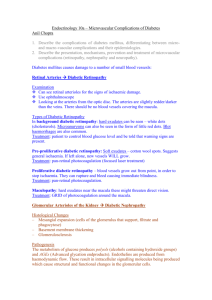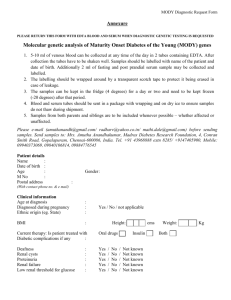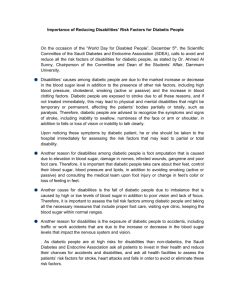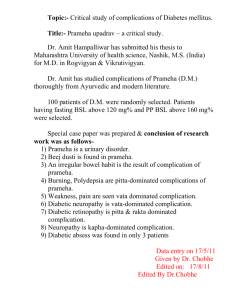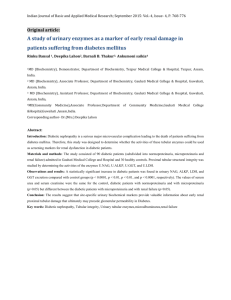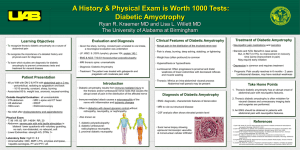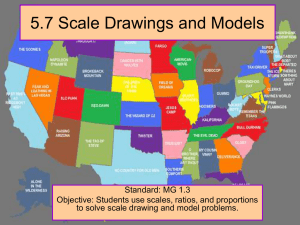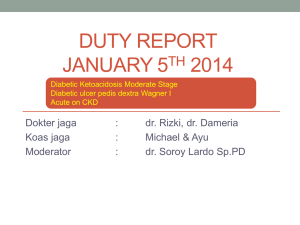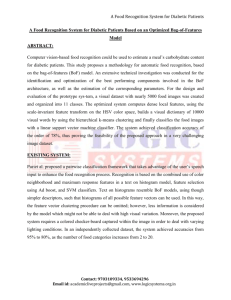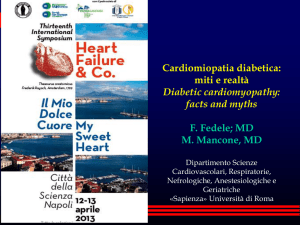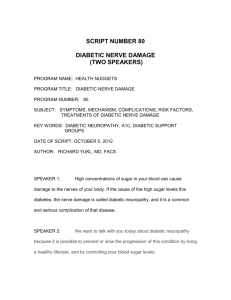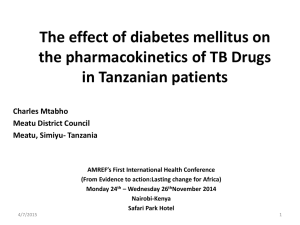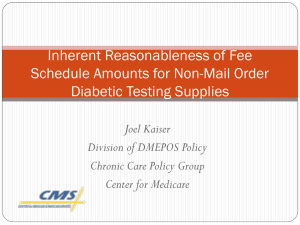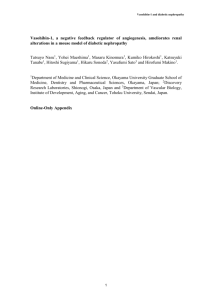Technical Efficiency of Diabetes Management in PC in Europe. Data
advertisement
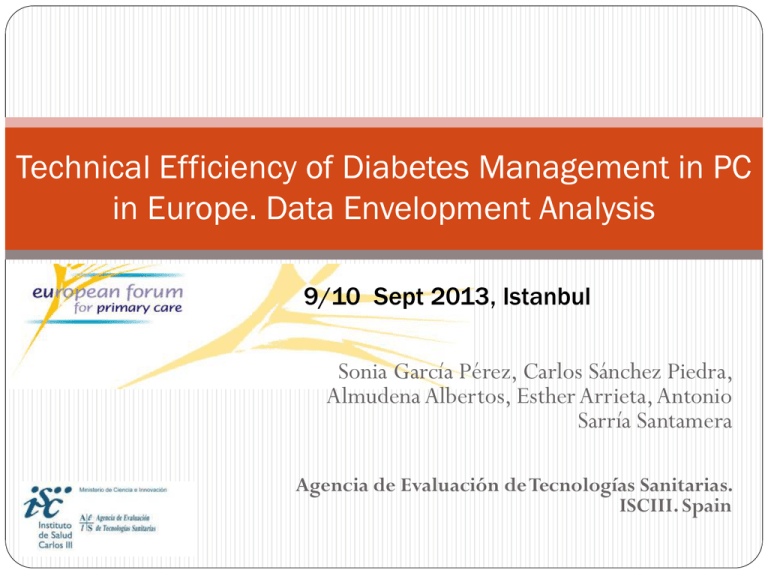
Technical Efficiency of Diabetes Management in PC in Europe. Data Envelopment Analysis 9/10 Sept 2013, Istanbul Sonia García Pérez, Carlos Sánchez Piedra, Almudena Albertos, Esther Arrieta, Antonio Sarría Santamera Agencia de Evaluación de Tecnologías Sanitarias. ISCIII. Spain Background Increasıng health care expendıture Incresing number of chronic patients Increasing cost of managing chronic patients Important concern of policy makers about the performance of the health care systems and PC in particular Difficulty to measure efficiency/performance Which costs are relevant? What is considered quality? Consider the system as a whole? Why this study? We suggest a methodology to measure efficiency By disease: More sımple Easy to make comparısons Fınd sources of ıneffıcıency Using time rather than cost. PC is labor intensive, so costs are given by the time spent by professionals. This allows comparisons across countries Data Envelopment Analysıs (DEA): Non parametrıc technıque used ın Economıcs to fınd the comparatıve effıcıency across Decısıon Makıng Unıts Multıple ınputs and outputs to generate an effıcıency frontıer Does no ımpose a functıonal form to the effıcıency frontıer. Flexıble technıque. Lıttle assumptıons No need for normalization of inputs and outputs. No need for assigment of monetary value to outcomes Purpose The aim of this work was to describe the comparative levels of technical efficiency in terms of quality and time of managing diabetes at patient level in Primary Care systems in Europe Methods Databases: EUprimecare project. Grant Agreement no. 241595 (Fınland, Germany, Italy, Spaın, Hungary, Estonıa, Lıthuanıa) Data Envelopment Analysis (DEA). Output oriented program Constant returns to scale • Average time spent by GP with a diabetic patient in a year in each country Output Input Software: DEAP versıon 2.1. Unıv. New England. AU • Proportion of prevention activities performed last year. Composite indicator • Proportion of patients under treatment whose therapy was prescribed by the GP • Patient satisfaction. Composite indicator Average time spent by GP with a diabetic patient in a year PC Vignettes: Answered by 27-33 GPs in each country There is a 65-year-old woman among your patients, who has been diagnosed with type 2 diabetes. She comes in for a follow-up visit: the tests from last week show that her HbA1c is 7%. She has no complications. She has been taking metformin 500 mg x2.You are her main primary care provider for the next 12 months Proportion of prevention activities performed last year. Composite indicator PC users questionnaire: Answered by 3020. Diabetic: 276 Preliminary studies were carried out to see diferences among several types of composite indicators (simple average, expert opinion, and PCA): Minor differences were found Proportion of patients under treatment whose therapy was prescribed by the GP PC users questionnaire: Answered by 3020. Diabetic: 276 Patient satisfaction. Composite indicator PC users questionnaire: Answered by 3020. Diabetic: 276 Questions: Results Country Score Spain 1.00 Germany 0.60 Finland 0.59 Italy 0.47 Hungary 0.40 Lithuania 0.38 Estonia 0.37 Discussion Potentıal new methodology to measure effıcıency ın PC The quality of care of diabetic patients resulting from the time spent with the patient is maximised for the Spanish PC system For the rest of the countries higher intensity of outputs could be obtained Inefficiency: Large number of administrative activities which are not translated into direct benefit to the patient ? Referral to specialist who manages the case ? Further investigation: Validation of these model with more countries and for diferent diseases How these results relate with health outcomes Find sources of inefficiency Thank you!

